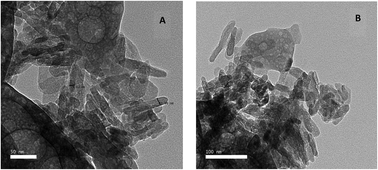The protective role of CsNPs and CurNPs against DNA damage, oxidative stress, and histopathological and immunohistochemical alterations induced by hydroxyapatite nanoparticles in male rat kidney
Abstract
Hydroxyapatite nanoparticles (HAP-NPs) are an inorganic component of natural bone and are mainly used in the tissue engineering field due to their bioactivity, osteoconductivity, biocompatibility, non-inflammatory, and non-toxicity properties. However, the current toxicity data for HAP-NPs regarding human health are limited, and only a few results from basic studies have been published. Therefore, the present study was designed to investigate the beneficial role of chitosan nanoparticles (CsNPs) and curcumin nanoparticles (CurNPs) in alleviating nephrotoxicity induced by HAP-NPs in male rats. The results showed that HAP-NPs caused a reduction in antioxidant enzymes and induced lipid peroxidation, nitric oxide production and DNA oxidation. Moreover, HAP-NP administration was associated with intense histologic changes in kidney architecture and immunoreactivity to proliferating cell nuclear antigen (PCNA). However, the presence of CsNPs and/or CurNPs along with HAP-NPs reduced the levels of oxidative stress through improving the activities of antioxidant enzymes. Also, the rats administered the nanoparticles showed a moderate improvement in glomerular damage which matched that of the control group and showed mild positive reactions to PCNA–ir in glomeruli and renal tubules in the cortical and medullary portions. These novel insights confirm that the presence of chitosan and curcumin in nanoforms has powerful biological effects with enhanced bioactivity and bioavailability phenomena compared to their microphase counterparts. Also, they were able to ameliorate the nephrotoxicity induced by HAP-NPs.



 Please wait while we load your content...
Please wait while we load your content...